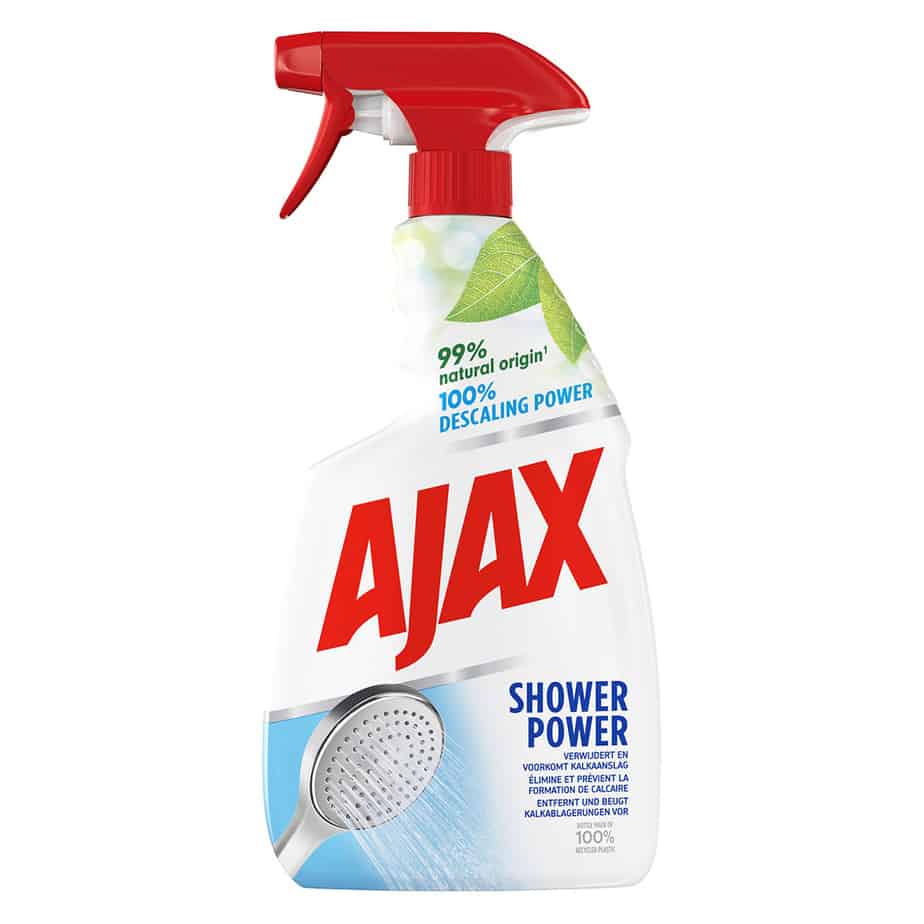Choosing the right label
-
It is becoming increasingly complicated to navigate through all the different claims and labels. Here are some recommendations to help you choose a high-quality, trustworthy certification.
-

Choosing the label that meets my concerns
An organic label provides information on consumed food. An eco-friendly product provides information on the impact of products on nature.
Other “multiple criteria” labels focus on the life cycle of a product and its impact on the environment, energy, social and societal aspects, etc. Compromises may therefore be made on some criteria.
A high-quality ecolabel must answer certain questions.
-

Ask yourself the right questions
Is the label in front of me:
- Clear. About what the it means and how the rating has been assigned.
- Transparent. About the analysis procedures and its undertakings.
- Verified. Are the test results verified by regular re-tests?
- Complete. Do the analyses take all factors into account?
- Independent. Of customers, service providers and interest groups.
- Certified. By reputable international bodies.
-

Is quality 100% guaranteed?
Do not make concessions!
Does the label indicate that the product is “one of the best in its category”, or does it give a scientific uncompromising rating, based on the most stringent standards?
For exemple, some labels guarantee that products are “organic” if 95% of the product is organic. Others are based on acceptable proportions. Others do not carry out regular control checks, etc.
Choose a label that promises no compromises and gives undertakings.
-
“Air Label Score” undertakes to respect all these points. Find out here all the undertakings given by the certification.
CERTIFIED PRODUCTS
The label that insures indoor air quality
“Air Label Score” guarantees consumers the best available information on the emissions of products into indoor air. Products tested are given a score between A+ (very low emissions) and C (high emissions), which represents their emission level.
All products
All products



